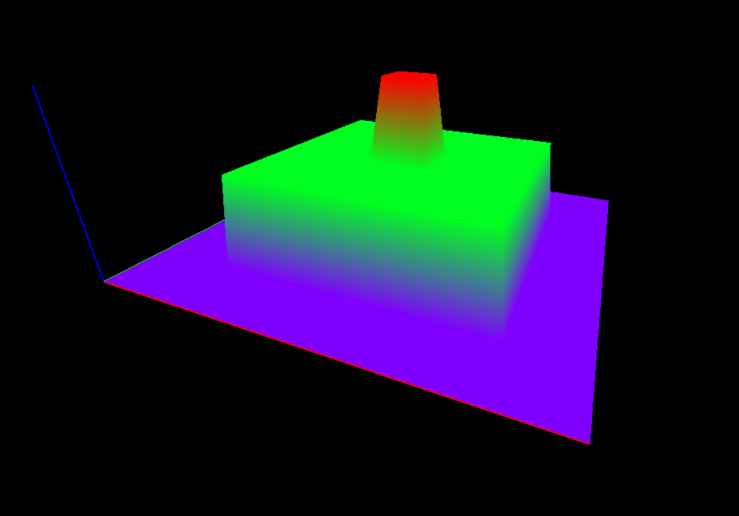3D Viewer
Use the E3DViewer class to easily create an interactive 3D display. The viewer displays point clouds, meshes and ZMaps.
You can create E3DViewer as a child of an existing window or without a parent. In that last case, a new window is created.
Note: As E3DViewer uses OpenGL interface, it requires a compatible display device.
Call the ConfigureRenderSource()method with a valid 3D geometry to display it. At each call, ConfigureRenderSource() replaces the current displayed object. The supported classes are EPointCloud, EMesh and EZMap8/EZMap16.
When you configure a new render source with ConfigureRenderSource(), the view point is automatically adapted to display the whole object.


E3DViewer in action: point cloud display (left) and 3D object display (right)
To display the geometry in false colors:
| □ | Use the GenerateColors()method that computes RGB colors from the position of the vertices. |
| □ | It supports various predefined color ramps. |
| □ | Use the SetColors()method to use custom colors (one EC24 entry is requested for each render source vertex). |
Use the methods SetPointSize(), SetWireframeMode() and SetRenderDecimationLevel() to adjust the rendering attributes.


E3DViewer in action: wire frame enable (left) and HueFromZ color ramp (right)
In the 3D navigation window, use the mouse as follows:
| □ | Press the left button to rotate the image horizontally and vertically. |
| □ | Press the right button to translate the image horizontally and vertically. |
| □ | Use the wheel to zoom in and out. |
In addition, use the following keys:
| □ | Press R to reset the viewer. |
| □ | Press W to show or hide the triangle edges (in wire frame mode). |
| □ | Press + and – to increase or decrease the point size. |
Use methods SetViewTarget(), SetViewingAngle() and SetViewingDistance() to change the view point programmatically.
